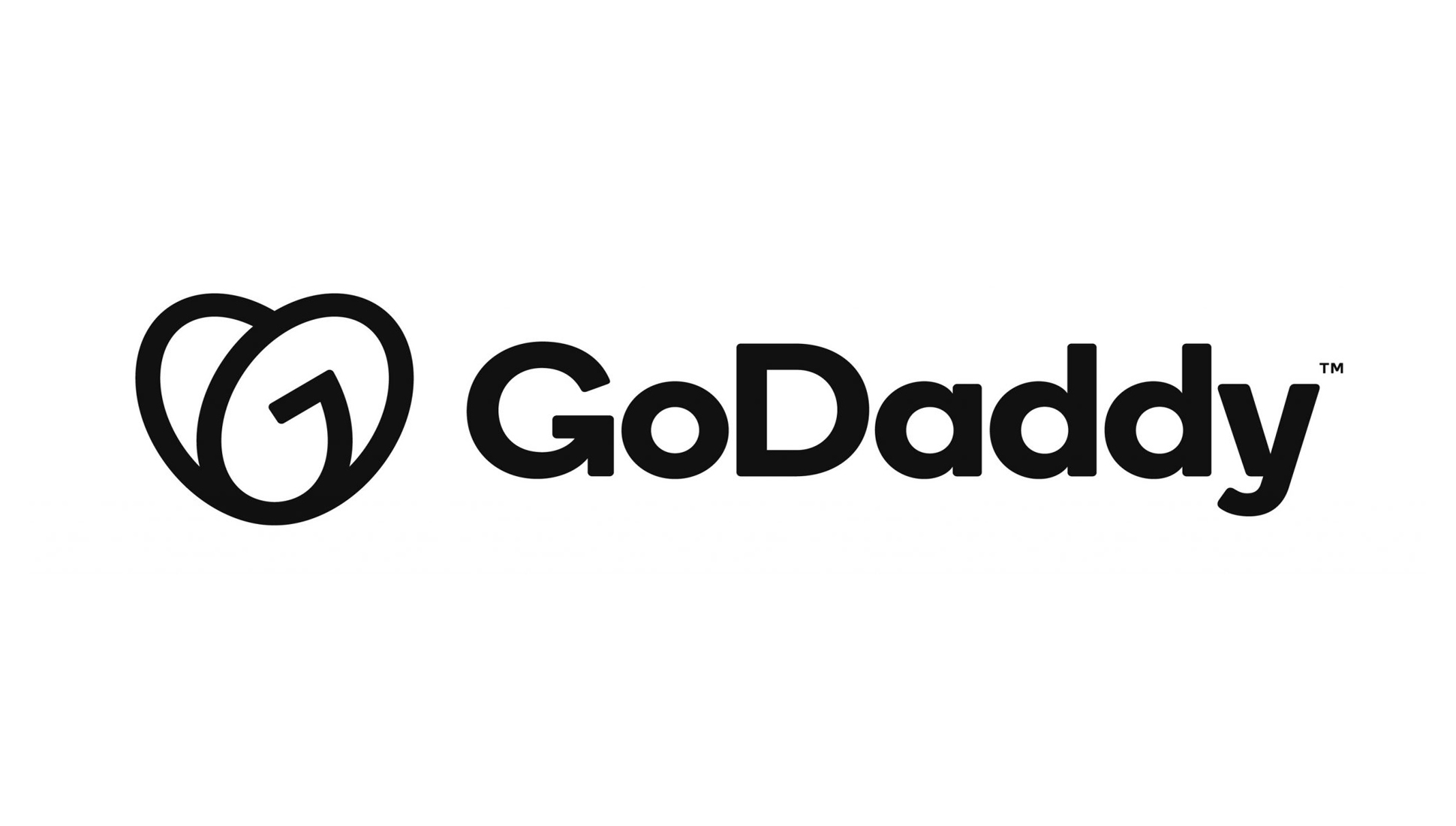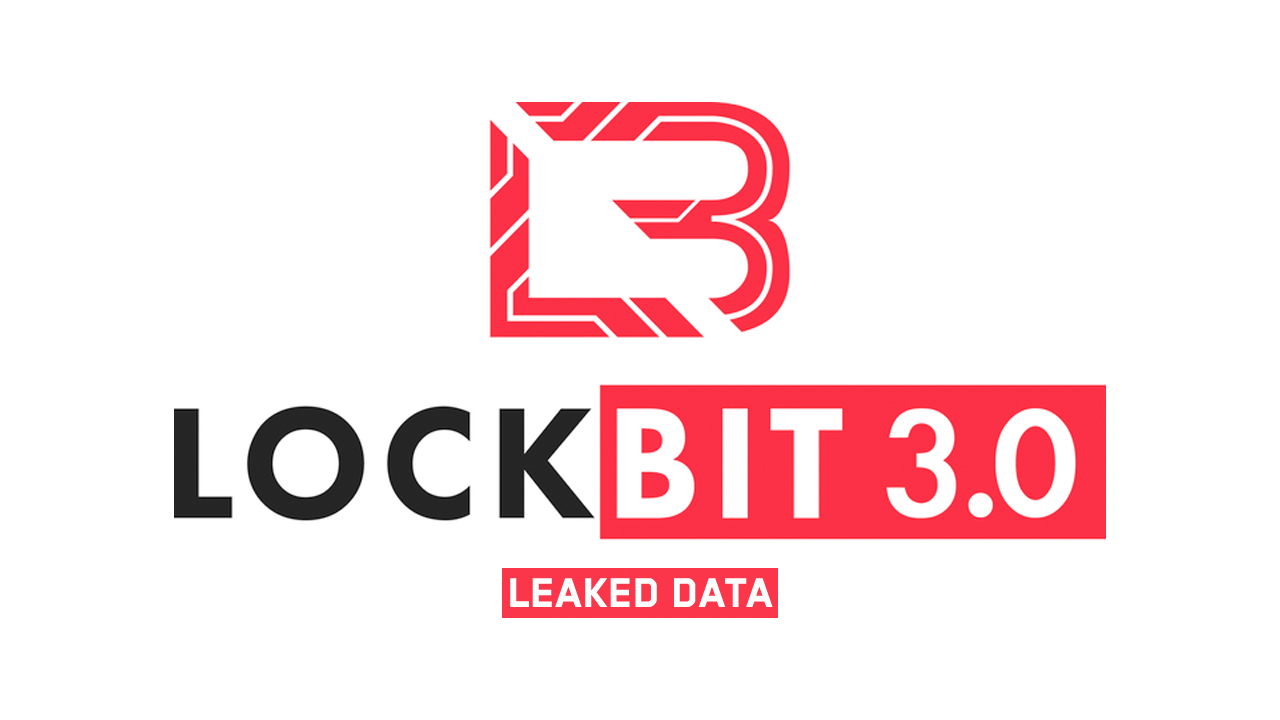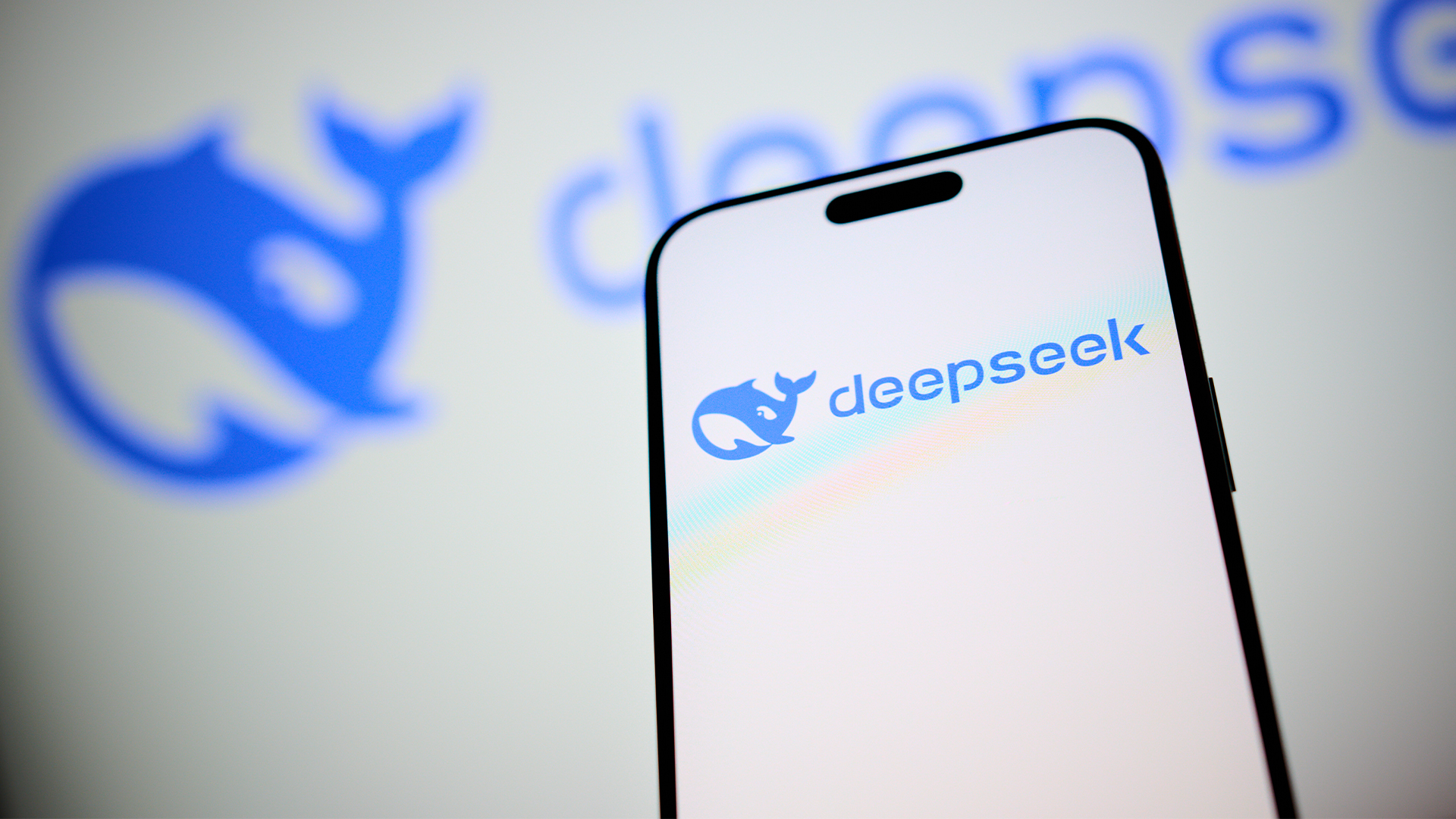One billion personal records exposed in 2014, warns IBM
Researchers bemoan poor passwords and operating system vulnerabilities

More than one billion personal records were leaked online in 2014, according to IBM's security research team.
The total is 25 per cent higher than the 800 million personally identifiable information (PII) records leaked in 2013, the X-Force team revealed yesterday.
The experts called 2014 a "white knuckle rollercoaster ride" in which data breaches, malware and mobile app vulnerabilities all contributed to the huge volume of data exposed.
However, three overarching themes emerged weak passwords, critical vulnerabilities in operating systems, and sensitive photos stored on cloud services.
The Threat Intelligence Quarterly report read: "When we look back in history to review and understand the past year, you can be assured it will be remembered as a year of significant change.
"Breaches and security incidents were being announced so rapidly in 2014 that many struggled to keep up.
"By the end of the year, we began to see that this digital storm of attacks would not cease, but instead would likely become larger, grow more encompassing, and raise increasingly important personal privacy concerns, as evidenced by the breach at Sony."
Get the ITPro daily newsletter
Sign up today and you will receive a free copy of our Future Focus 2025 report - the leading guidance on AI, cybersecurity and other IT challenges as per 700+ senior executives
The majority of data was stolen from US companies such as Sony, which suffered embarrassing email leaks alongside unreleased films and staff data.
Retailer Target was found guilty of ignoring an early-warning system when 70 million customer records were stolen at the turn of the year.
Photos of naked celebrities were leaked after hackers broke into Apple's iCloud service.
IBM referred to vulnerabilities including Shellshock, and this year's newly discovered FREAK, adding that good old-fashioned malware continued to play its part, with cyber criminals using it to hit banking firms and other industries.
It also found that ransomware became more popular in 2014, with hackers either threatening sites with DDoS attacks or encrypting a user's data until a fee is paid.
The team concluded: "A review of the breaches in 2014 shows a mix of attackers targeting low-hanging fruit ... as well as using sophisticated, custom exploits to reach high-profile targets with surgical precision."
-
 Capita tells pension provider to 'assume' nearly 500,000 customers' data stolen
Capita tells pension provider to 'assume' nearly 500,000 customers' data stolenCapita told the pension provider to “work on the assumption” that data had been stolen
By Ross Kelly
-
 UK crime fighters wrangle “several thousand” potential cyber criminals in DDoS-for-hire honeypot
UK crime fighters wrangle “several thousand” potential cyber criminals in DDoS-for-hire honeypotNews The sting follows a recent crackdown on DDoS-for-hire services globally
By Ross Kelly
-
 US begins seizure of 48 DDoS-for-hire services following global investigation
US begins seizure of 48 DDoS-for-hire services following global investigationNews Six people have been arrested who allegedly oversaw computer attacks launched using booters
By Zach Marzouk
-
 Will triple extortion ransomware truly take off?
Will triple extortion ransomware truly take off?In-depth Operators are now launching attacks with three extortion layers, but there are limitations to this model
By Connor Jones
-
 GoDaddy web hosting review
GoDaddy web hosting reviewReviews GoDaddy web hosting is backed by competitive prices and a beginner-friendly dashboard, and while popular, beware of hidden prices
By Daniel Blechynden
-
 Japan investigates potential Russian Killnet cyber attacks
Japan investigates potential Russian Killnet cyber attacksNews The hacker group has said it’s revolting against the country’s militarism and that it’s “kicking the samurai”
By Zach Marzouk
-
 LockBit hacking group to be 'more aggressive' after falling victim to large-scale DDoS attack
LockBit hacking group to be 'more aggressive' after falling victim to large-scale DDoS attackNews The ransomware group is currently embroiled in a battle after it leaked data belonging to cyber security company Entrust
By Connor Jones
-
 Record for the largest ever HTTPS DDoS attack smashed once again
Record for the largest ever HTTPS DDoS attack smashed once againNews The DDoS attack lasted 69 minutes and surpassed the previous record of 26 million RPS
By Praharsha Anand

